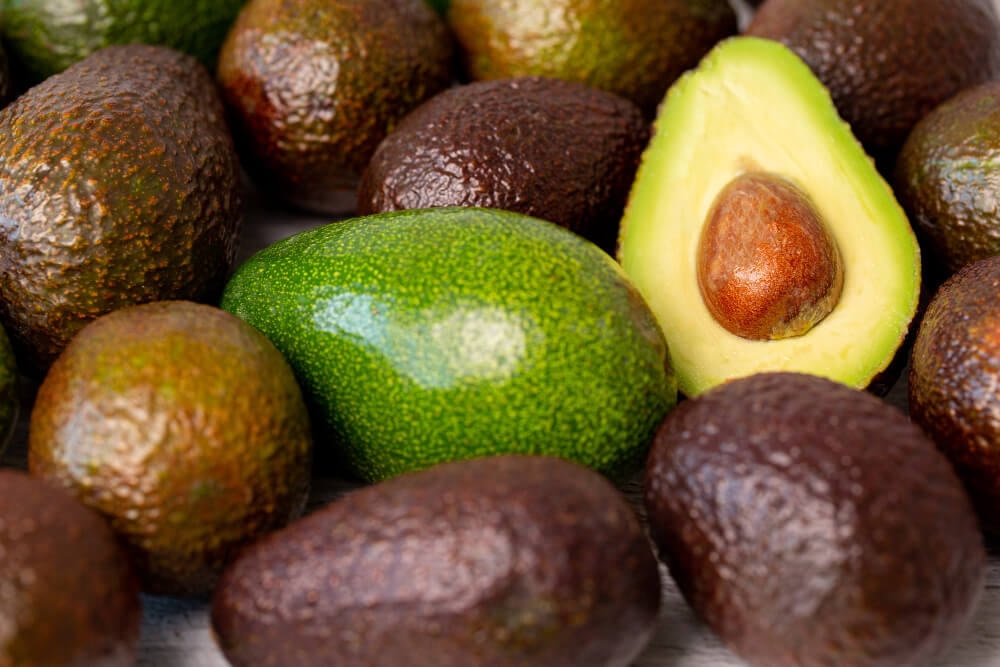Why periods happen: a basic explanation

Periods are a natural part of the menstrual cycle, yet many people still feel unsure about what exactly happens during this time and why it occurs. Whether you're just starting your period journey or simply want to better understand your body, this article breaks down the basics in a simple, clear way. Understanding why periods happen is the first step toward tracking your cycle and feeling empowered about your health.
What Is a Period?
A period, also known as menstruation, is the part of the menstrual cycle when the body sheds the lining of the uterus. This lining is made up of blood and tissue and leaves the body through the vagina. Most people with a uterus start having periods between the ages of 9 and 16 and continue until menopause, which usually occurs around age 45 to 55.
Why Do Periods Happen?
Periods are your body's way of preparing for pregnancy every month. Here’s how the cycle works:
-
Hormones Take the Lead
Each month, the brain sends signals to the ovaries to produce hormones—mainly estrogen and progesterone. These hormones help the uterus prepare to support a pregnancy. -
Uterine Lining Builds Up
Under the influence of estrogen, the lining of the uterus (endometrium) thickens to create a nourishing environment for a fertilized egg. -
Ovulation Occurs
Around the middle of the cycle (usually day 14 of a 28-day cycle), one of the ovaries releases an egg in a process called ovulation. The egg travels down the fallopian tube, waiting to be fertilized by sperm. -
No Fertilization? Period Begins
If the egg isn’t fertilized, the body realizes that pregnancy didn’t happen. Hormone levels drop, signaling the uterus to shed its thick lining. That shedding is your period.
Key Phases of the Menstrual Cycle
Understanding the different stages of the cycle can help you track changes and symptoms:
-
Menstrual Phase (Days 1–5): The period. The uterine lining is shed.
-
Follicular Phase (Days 1–13): The body prepares to release an egg; the lining starts rebuilding.
-
Ovulation (Day 14): The egg is released.
-
Luteal Phase (Days 15–28): If no pregnancy occurs, the lining begins to break down.
Why Tracking Your Cycle Matters
Knowing your menstrual cycle helps you:
-
Predict when your next period will start
-
Understand symptoms like cramps, bloating, or mood changes
-
Spot irregularities early
-
Plan around events or travel
-
Track fertility if you’re trying to conceive—or avoid pregnancy
Apps, calendars, or journals can all help with easy period tracking.
Common Period Myths (Busted!)
-
“You can’t get pregnant on your period” – While rare, it is possible if you ovulate early.
-
“All cycles are 28 days” – Many people have cycles ranging from 21 to 35 days.
-
“Periods are dirty” – Menstruation is a natural, healthy process and nothing to be ashamed of.
Final Thoughts
Periods are your body’s monthly check-in, showing that your reproductive system is working as expected. They might come with some discomfort, but they’re also a powerful reminder of the cycles within your body. By understanding why periods happen and learning to track your cycle, you gain more control over your health, mood, and daily life.
Related Articles

Talking openly about feelings

Baby development at 16 weeks

Wiping front to back

Resting when needed

Staying cool and hydrated

How periods affect focus and energy

Loving your changing body

Signs of ovulation to look for